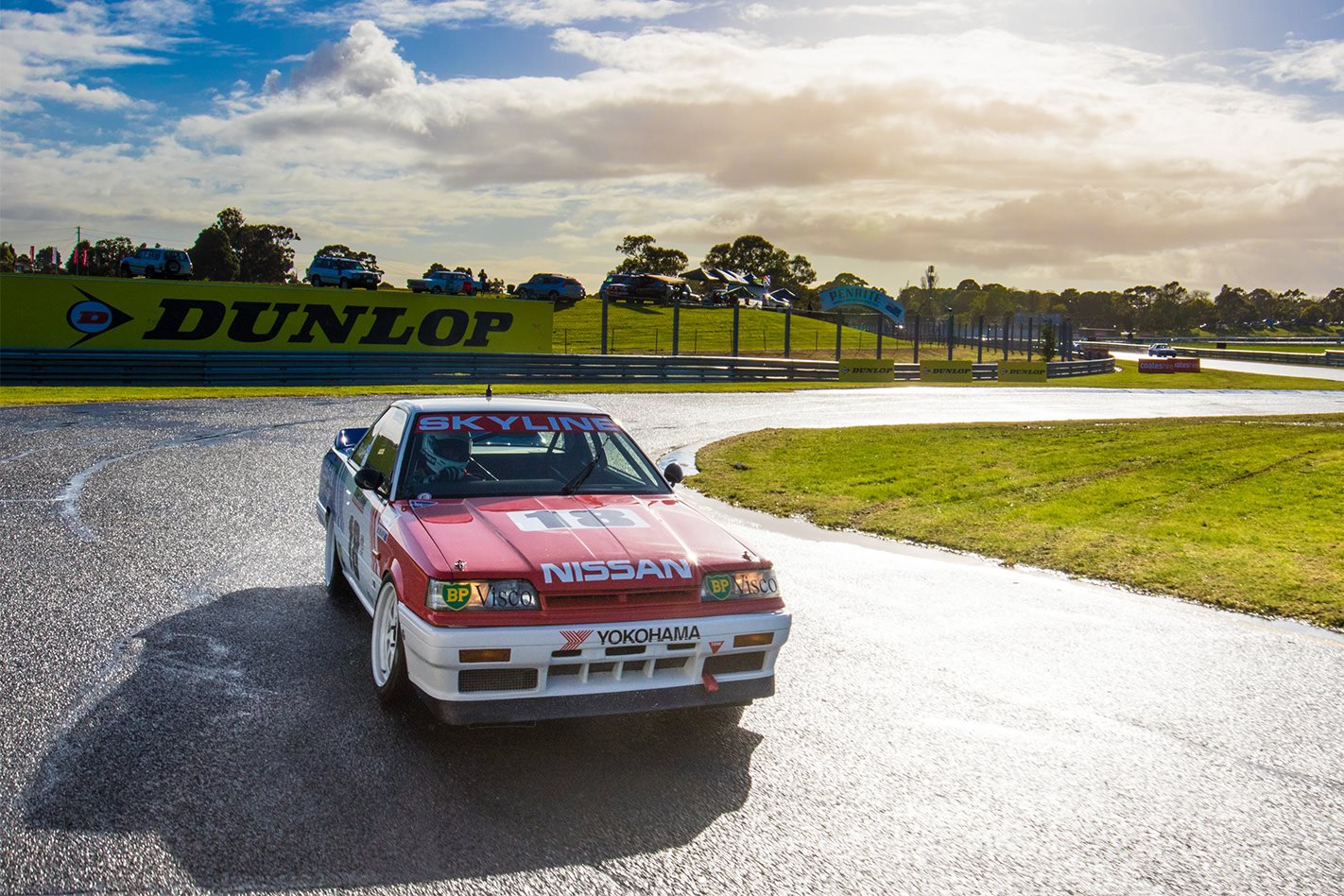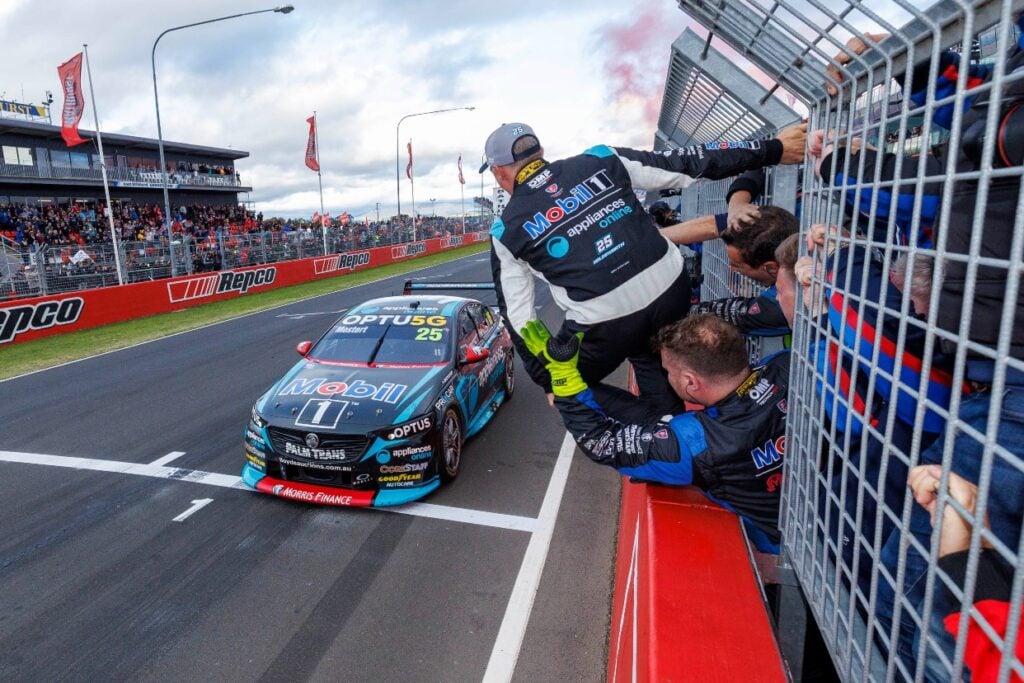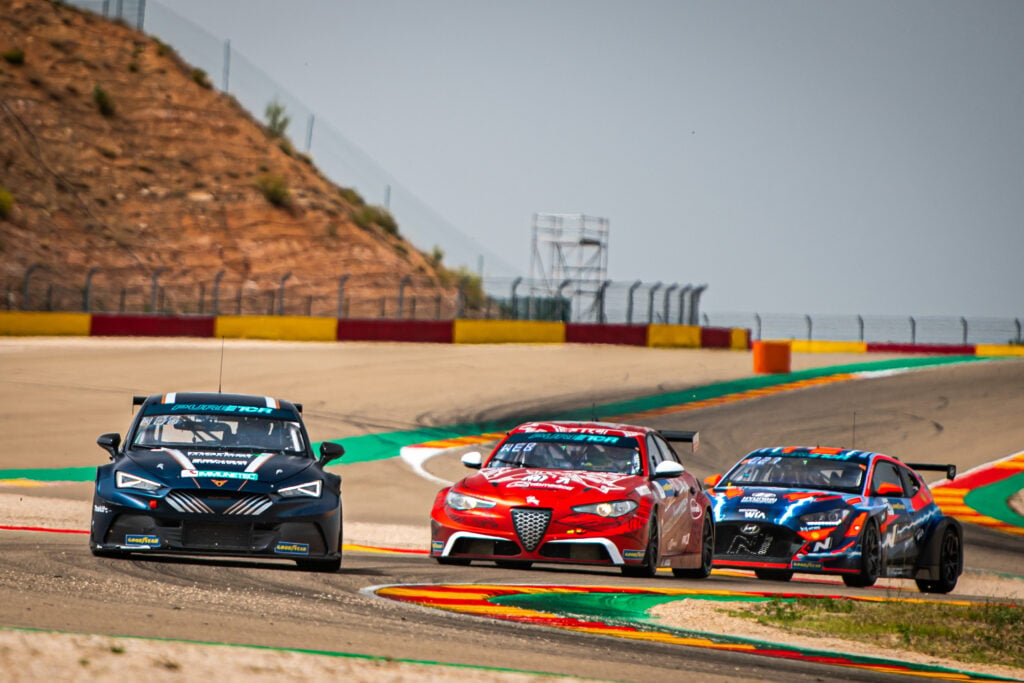WHAT’S the best way to treat a classic race car? Do you lock the unhinged beast away, to spend the rest of its days gathering dust behind museum doors, or let it loose on a racetrack to nudge panels and push the limits as it was built to do?
Answers on the subject vary greatly between automotive enthusiasts. While some prefer to see iconic metal kept in pristine condition, preserved for future generations, others compare it to keeping a thoroughbred horse in your living room. To the latter, the inherent risk of disaster is just part and parcel of the life of racing machines, no matter the age or price.
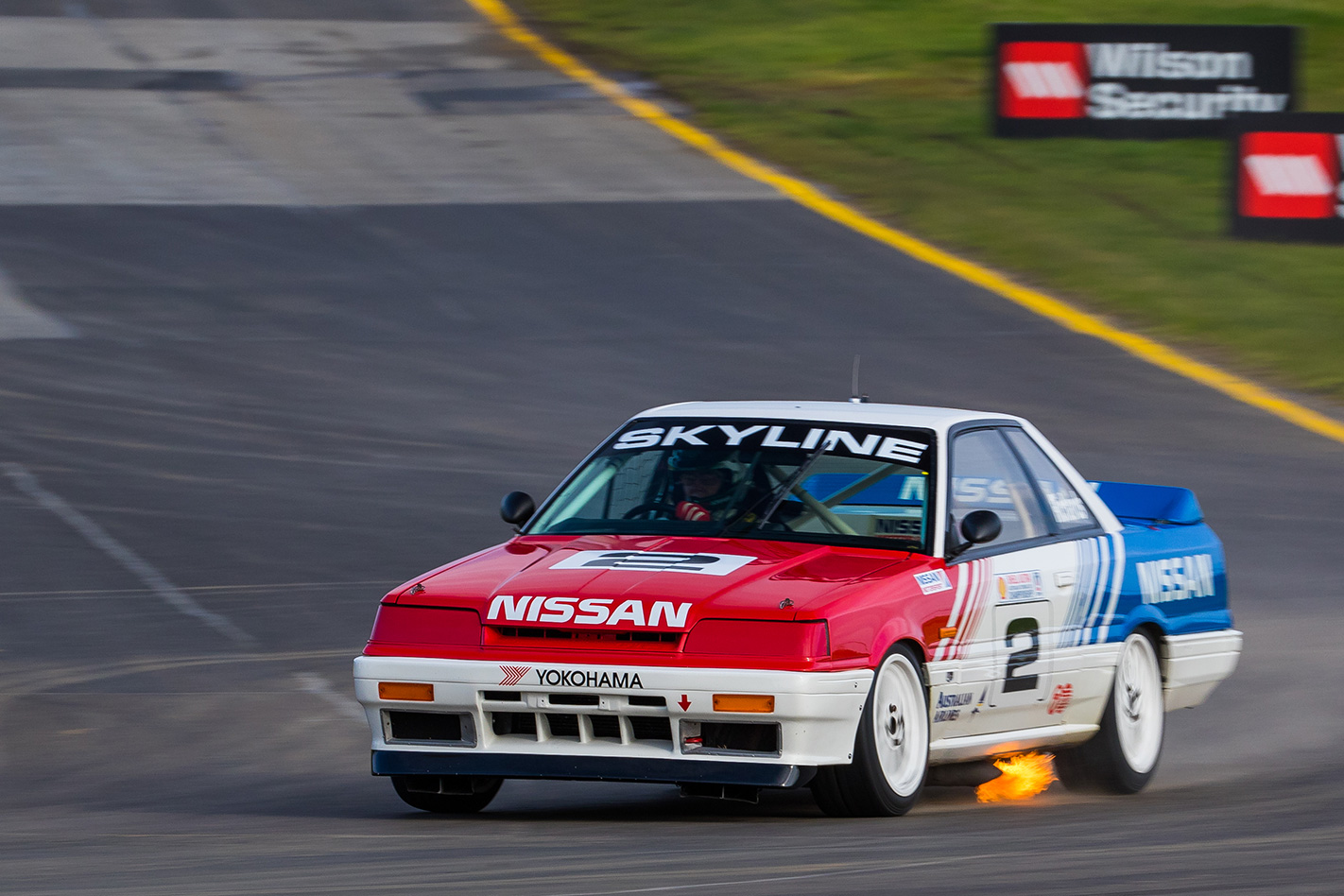
The middle ground between the two camps has been parade laps, where these retro racers can turn a wheel on track, just not in anger. While it’s always nice to see the cars rolling under their own steam, watching from the hill is a bit of a disconnect. There’s no awe and wonder, aside from the mere presence of the car.
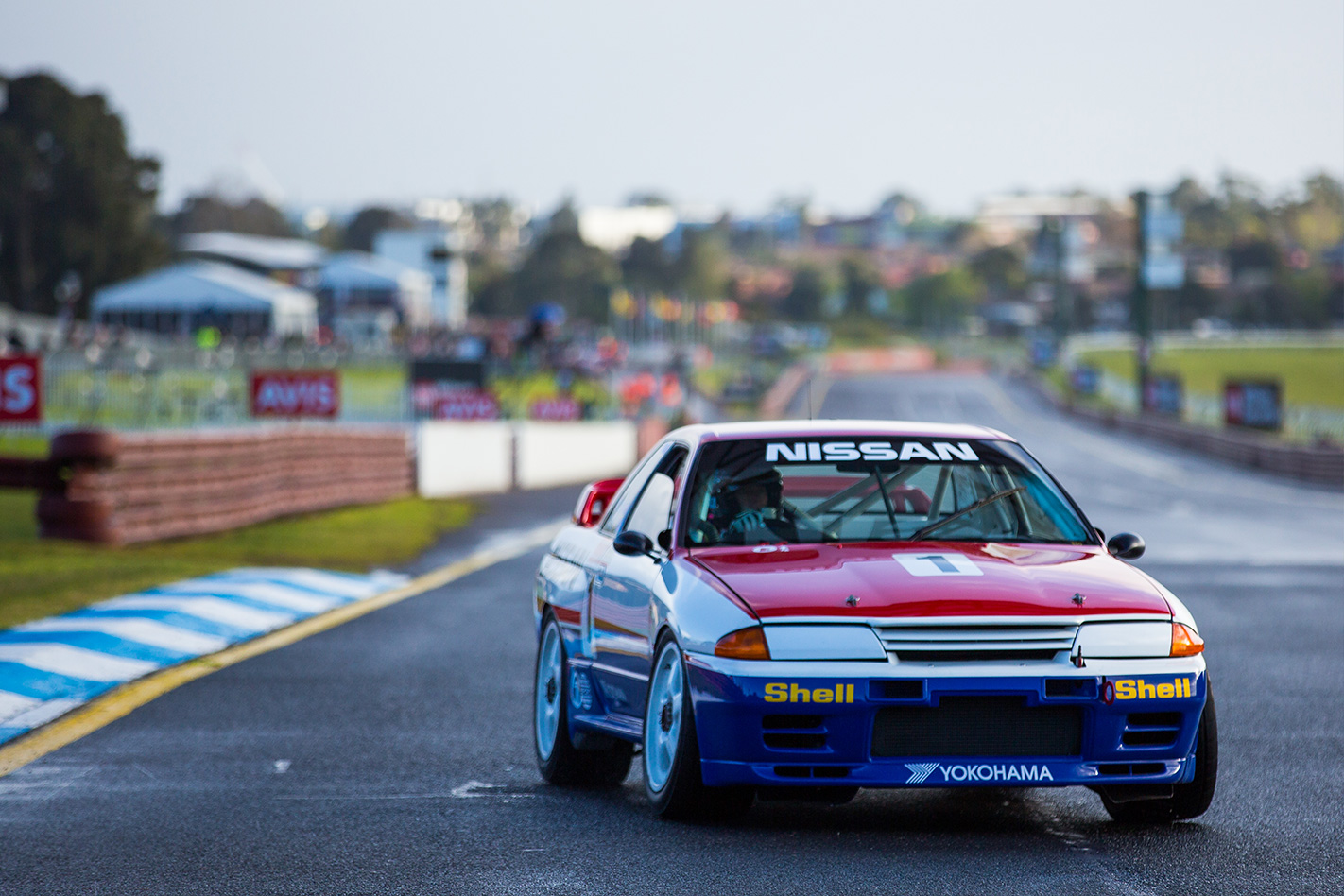
It allows the lucky bus passengers to view race cars at an angle unlike anything else. TV camera angles, nor watching as a spectator offers such a good sense of speed, size, and importantly, noise.
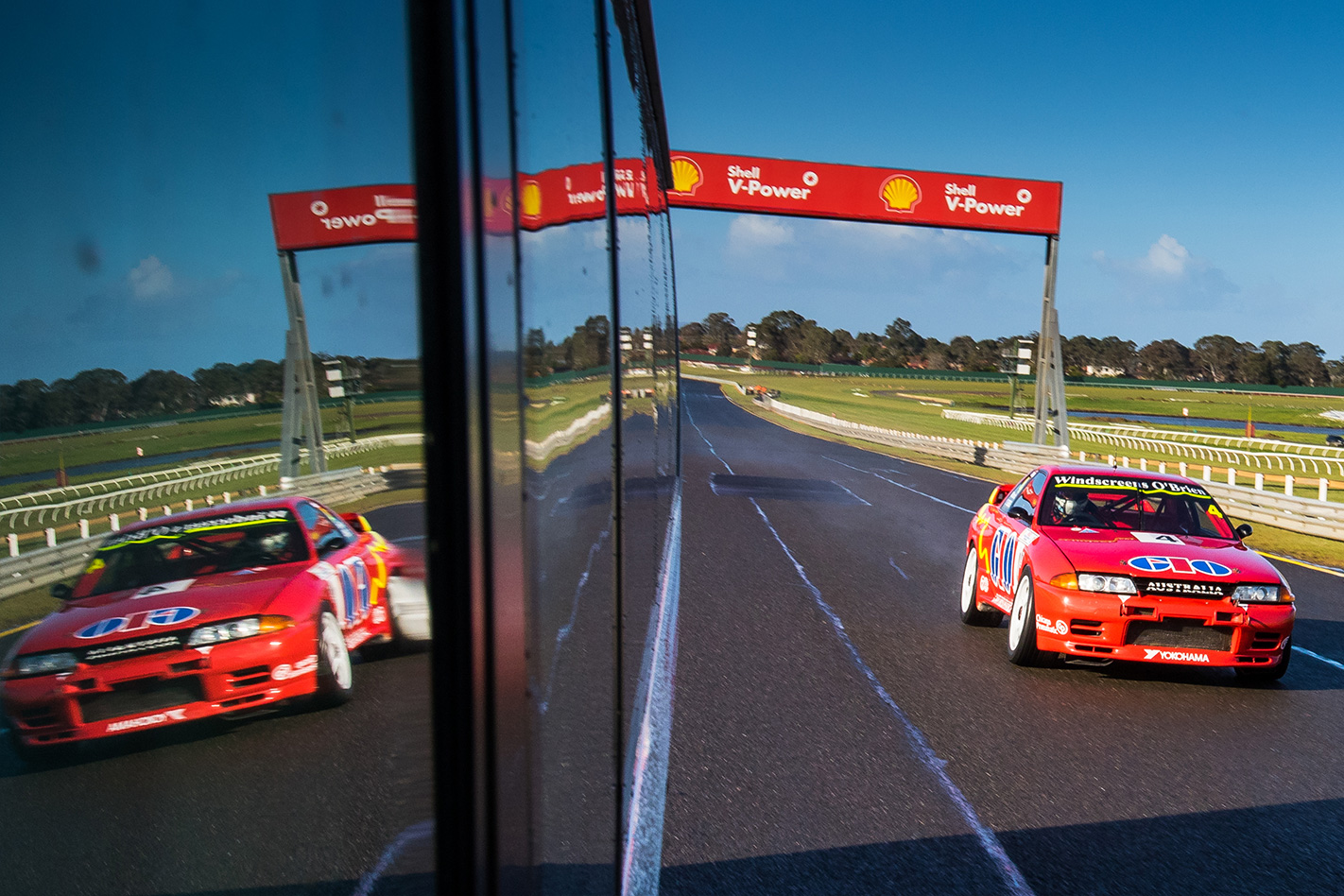
How does a 1988 Nissan Skyline GTS-R HR31 sound? Or the 1990 GTS-R HR31 that won the ATCC piloted by ‘gentleman’ Jim Richards, the 1991 Skyline GT-R that won seven of nine rounds of the 1991 ATCC, or the 675kW 1988 Nissan R88C that battled at the Le Mans 24 Hour – all in their natural habitat.
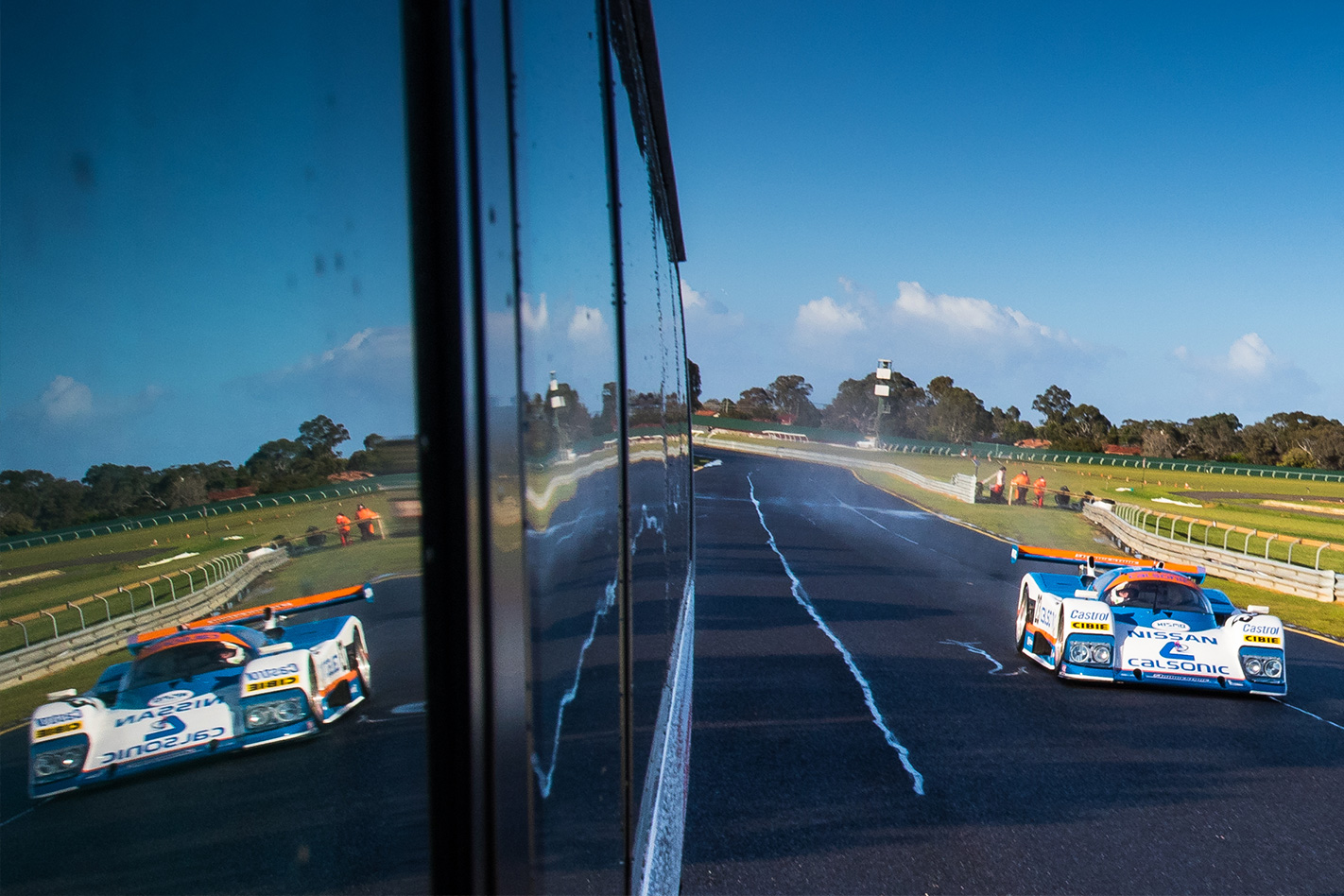
It’s a new lease on life for cars that deserve to be shared with the world. May there be more chances for the public to take part in the circuit safari around the country.
*Nissan Australia invited Wheels Australia to participate in its Circuit Safari experience.


